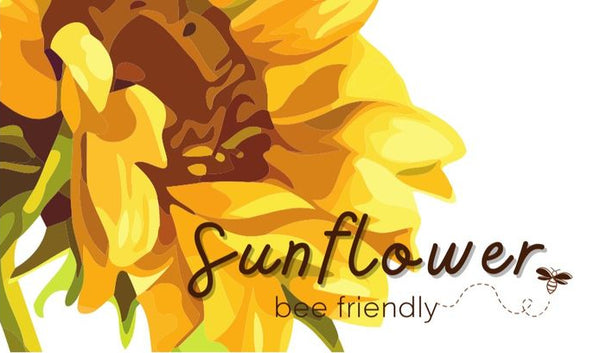Planting wildflower seeds is a simple and rewarding way to create a beautiful and diverse garden. Not only do wildflowers add color and beauty to your landscape, but they also provide important habitat and food for pollinators such as bees and butterflies. Here's a step-by-step guide on how to plant wildflower seeds:
- Choose the right location: Wildflowers prefer well-drained soil and full sun to partial shade. Avoid planting in areas that are heavily shaded or in soil that is consistently wet.
- Prepare the soil: Wildflowers prefer soil that is loose and well-drained. If your soil is heavy clay or compacted, consider amending it with compost or other organic matter. Remove any weeds or debris from the area before planting.
- Sow the seeds: You can either broadcast the seeds over a prepared area or plant them in rows. Be sure to follow the package instructions for the specific seed variety you are planting, as some seeds require specific planting depths and spacing.
- Cover the seeds: After sowing the seeds, gently rake the soil to cover the seeds. For small seeds, it's best to mix them with sand or vermiculite to ensure even distribution.
- Water the seeds: Water the seeds immediately after planting. Keep the soil consistently moist until the seeds germinate. Once the seeds have germinated, reduce the frequency of watering.
- Wait for germination: Germination times will vary depending on the species of wildflower you are planting, but it can take anywhere from a few days to a few weeks for the seeds to sprout. Be patient and keep the soil consistently moist.
- Thin the seedlings: Once the seedlings have sprouted, thin them out so that they are spaced about 6-12 inches apart. This will give the plants room to grow and flourish.
- Maintain the soil: Once the wildflowers are established, they will require minimal maintenance. Keep the soil consistently moist and remove any weeds that may sprout.
By following these simple steps, you can create a beautiful wildflower garden that will provide color and beauty to your landscape, while also providing important habitat and food for pollinators. Wildflowers are hardy and easy to grow, and with a little bit of care and attention, you can enjoy a beautiful and diverse garden that will thrive for years to come.


